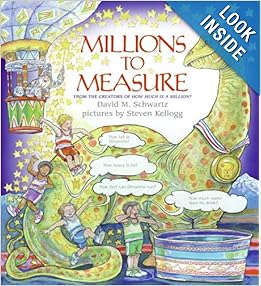http://www.washingtonpost.com/blogs/answer-sheet/wp/2014/02/14/how-data-walls-in-classrooms-can-humiliate-young-kids/
http://www.washingtonpost.com/local/education/disadvantaged-children-can-hurt-achievement-of-others-in-their-classrooms-study-finds/2014/02/13/9f3fa068-94df-11e3-83b9-1f024193bb84_story.html
The Washington Post has had a number of articles recently which have helped me both appreciate the climate of the school where I work, and appreciate the challenges I face. Results matter. As educators, wrestling with data comes with the territory. When I finish posting this, I will get down to grading, something I have been avoiding for my entire 4 day snowcation, but I am running out of time. Students have a right to know how they are doing. The culture of the middle school where I work demands that I get progress reports to students roughly every 2-3 weeks. Parents are supposed to sign these, but what I have found is that these reports often never make it home. Instead, for those who care about how they are doing, students tend to use these to identify tests or quizzes that they can make up, and to help them identify missed assignments.
We don't have data walls, a practice which is fairly common in elementary schools, although we do have a "Value Added" spreadsheet and a "Data Sorter." Communication of results is done differently by different teachers. Individual progress reports, as a rule, are sent home every few weeks. We are expected to make frequent calls or emails home, if necessary, well before the end of grading periods. I prefer to treat everybody as an individual. If nobody is getting it, that tells me that my teaching has been ineffective and that I need to make changes. The thing I avoid doing is blaming students.
The place to start making changes, in my case, has been classroom management, as "disadvantaged students" such as Pablo, Kendell, and Peter came out of the Winter Break seemingly determined to disrupt everything I was doing, and make it impossible for me to teach. Fortunately for me, my devil's trio were disrupting classrooms across the school, and fortunately for me, my strategy of collecting behavioral data was adopted across the board, because all of their teachers were facing the same problems. The data supported suspensions and other disciplinary actions, and slowly the adults have been taking back control of our classrooms.
Another thing I needed to do was to improve my classroom transitions, especially entering the room and getting to work immediately, sharpening pencils, utilizing the routine suggested to me by Dr. P. When I found students continuing to mill about, I decided to lock the door, line up students before class, and explicitly remind students about my expectations for how we enter the room before I let them in. A few habitual offenders, some of my girls from my first period class, commented how much they hated coming to class -- I took that as progress, because despite their complaints, I was able to work with them during the entry period.
With my students, it takes longer to teach concepts than it does with typical students. Given the pacing pressure I face, I am being constantly challenged to streamline what I teach. That need to teach efficiently came to bear while teaching our measurement -- students needed to be able to convert from smaller to larger and larger to smaller units. When I had attempted to provide context about the different kinds of measurement, such as length, weight / mass, capacity, etc., as well as the two main systems of measurement, the U.S. Customary (Standard) Measurement System, and the Metric System (System Internationale), I read selections from a wonderful book called Millions To Measure.
Similar to the way my 3rd graders made it initially impossible to read quality children's literature when I was a new teacher, Kendell shut me down. So I backtracked.
Last Tuesday and Wednesday, I focused on the mnemonic BUM SUD (Bigger Unit Multiply and Smaller Unit Divide). By reducing teacher talk and increasing student practice time with an easy procedure for using a completed measurement equivalents chart and calculators to convert measurements, I was able to get students engaged in an activity where all could experience success. Even Pablo was enjoying success before he was removed from my room because he had been suspended.

No comments:
Post a Comment
My goal is to engage in civil conversation.